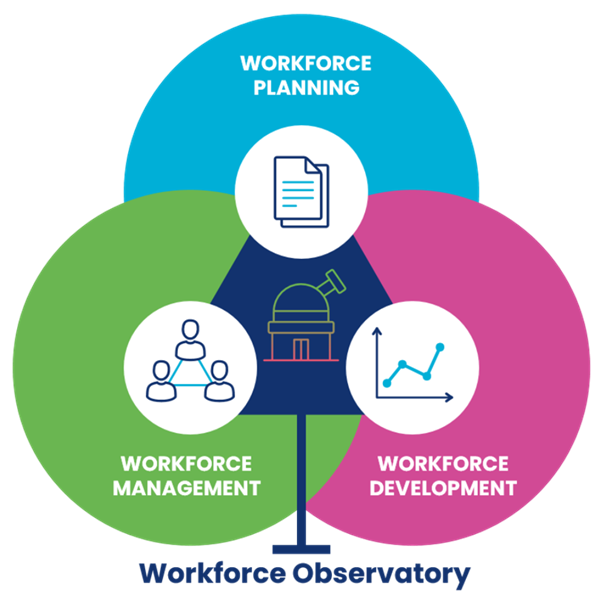From Insight to Foresight: A sector-wide approach to informed decision making
Following the launch of the 2030 CIMSPA Strategy, CIMSPA is delighted to be launching the workforce skills observatory; a UK-wide research centre for all things workforce in UK sport and physical activity.
The sector has experienced significant change in a relatively short period of time. In the last 10 years alone sport and physical activity has seen a 50% increase in the number of businesses operating in the sector, a 25% increase of the workforce and vast behaviour change in the way participants are consuming sport and exercise requiring a constant focus on our people developing new skills. And as we now navigate towards a more regulated and protected professional status for many of the sector’s occupations, it’s critical that we enhance our ability to make informed decisions around workforce planing and workforce development.
Within the CIMSPA Strategy; Releasing the Power of our Profession, CIMSPA has provided clear evidence that 91% of all businesses within sport and physical activity are SME; small to medium sized enterprises. This is both a strength and a vulnerability for the sector. It provides us with great versatility and diversity to meet broad and ever-changing participant needs but with 70% of all businesses being in start-up mode and 60% of the workforce working within the SME’s, the majority of jobs have risk attached.



